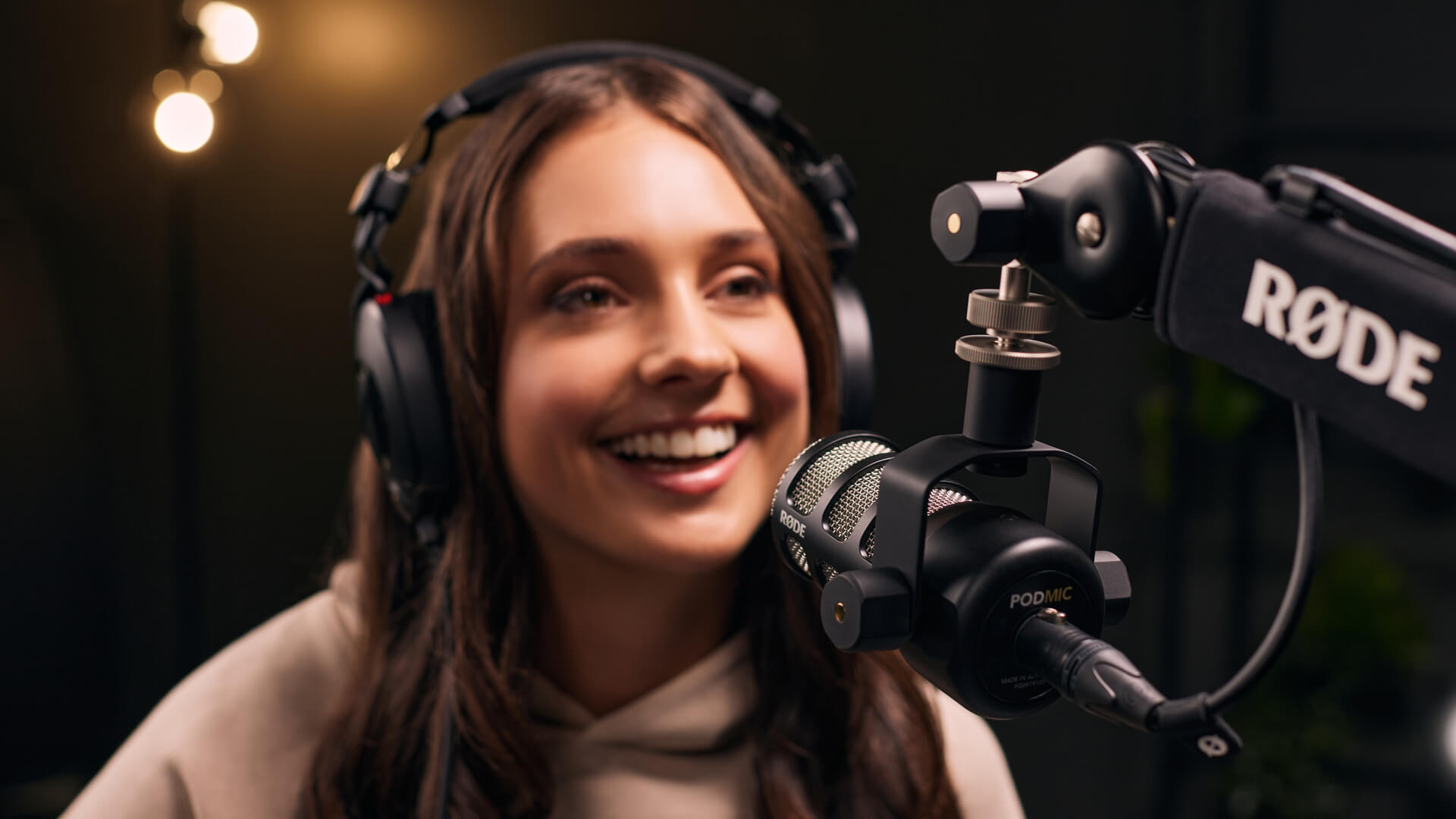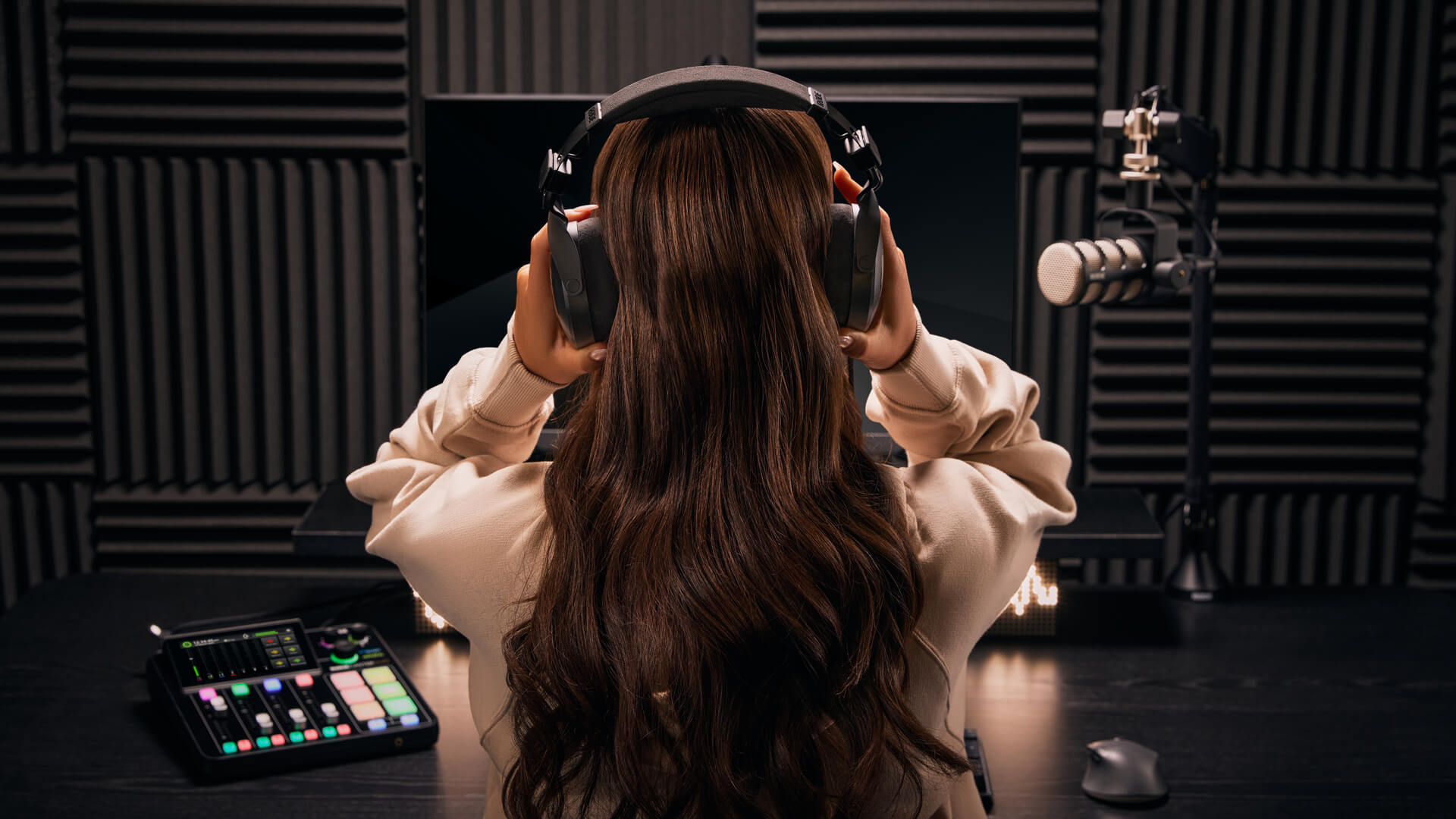Using a Diverse Sound Palette
Listening to too much of the same thing can get tiring, and with so many other forms of content out there fighting for our attention, this can easily be the reason someone loses interest in your podcast.
Finding different sources of audio to aid in delivering the message can keep your audience engaged by offering a palette of interesting sound textures throughout your show.
Guest interviews, phone conversations, audio grabs, and even sound effects or voice effects can help, as long as they’re used to reinforce your show’s message, rather than distract from it.
Smart Editing and Mixing
Most, if not all podcasts go through an editing and mixing process, usually by a dedicated audio producer, but there are some steps that even a solo producer can take to sculpt a show into something that audiences will find easier to listen to.
Editing of a podcast can be split into two categories — editorial and technical. Editorial editing is where a producer cuts and stitches together content based on the purpose and message of the show. This is helpful to avoid unnecessary details or even just to shorten the duration of the episode.
Technical editing is when a producer cuts out fumbles, mistakes, retakes, unwanted noises and sometimes re-stiches breaths back together to make sure it sounds natural after it has been edited.



